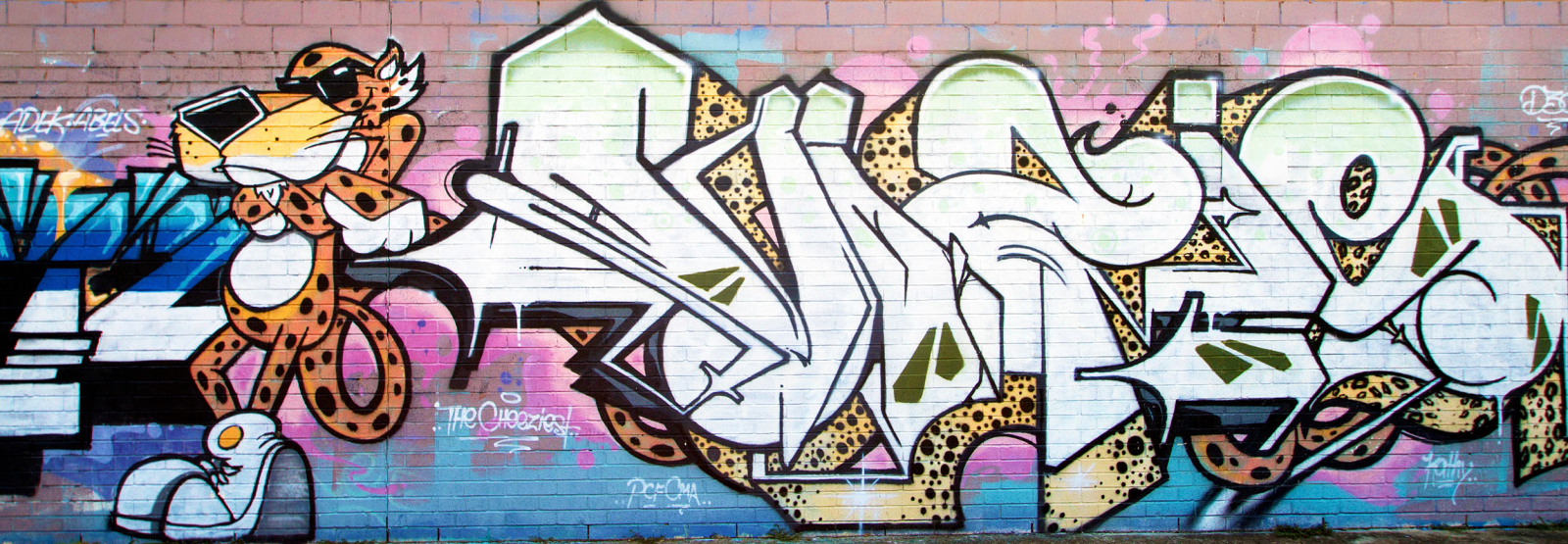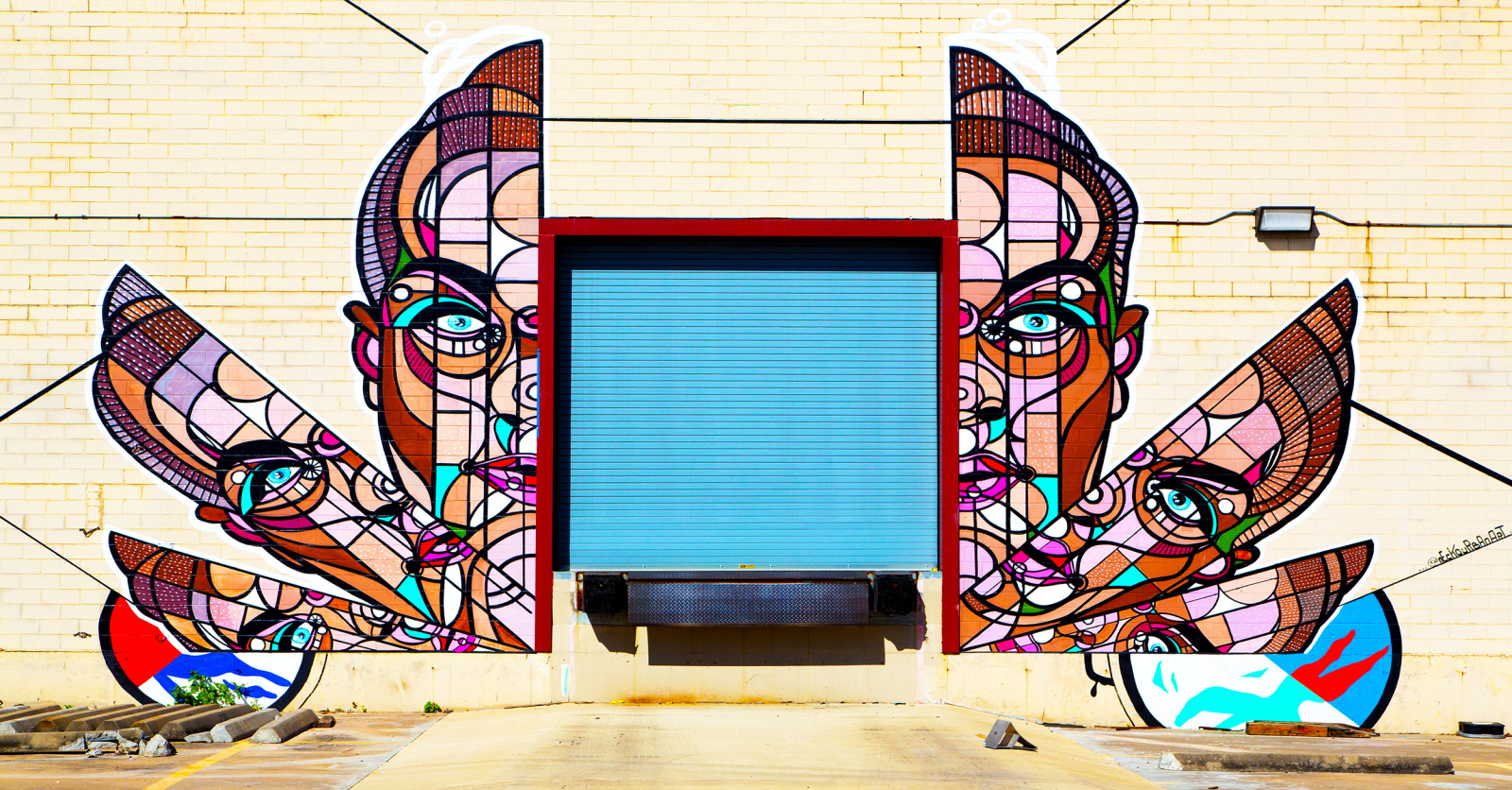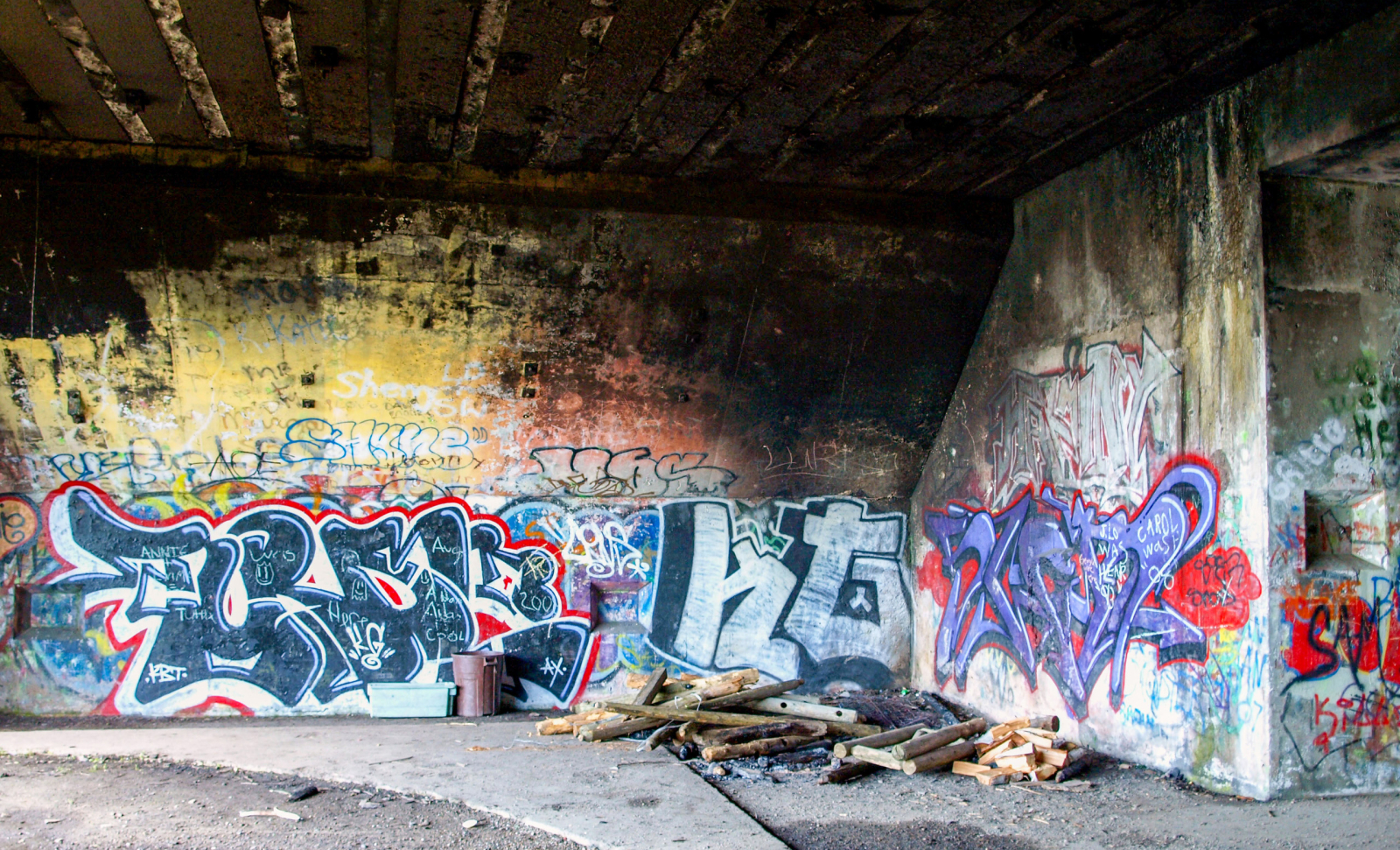Graffiti
Today, it all began with graffiti. The University of Houston presents this series about the machines that make our civilization run and the people whose ingenuity created them.

Graffiti is not a nice word. It calls up nasty vandalism. But graffiti has now given birth to lovely wall murals. That reminds us of another disruptive activity: namely invention. The ancient Greeks saw invention as a kind of trickery. The idea that we use machinery to fool nature. Sure, any invention brings revenge effects along with it. But we cannot survive without invention.
Invention and art are both built into our bones, part of who we are. And remember: radically new inventions don't emerge from corporations, but from the garage. No big company gave us airplanes, automobiles, radios, computers, or ... hula hoops. Same with any new art form: Art begins with expressive rebellion. And, we're back to graffiti:
People have spilled their anger out on walls since before Pompeii. But anger and protest alone can't make art any more than necessity alone can produce invention. Something more has to be there. Both rise from our deep desire to create beauty.
Wonderful things emerge when that esthetic impulse takes over. Graffiti begins when people, usually people living on the fringes, set out to protest. But as they wield their cans of spray paint, they create increasing beauty. Protest might remain, but protest mutates into part of the solution. Street Art has become a new way to make a plain world, beautiful.
Workplaces have become public art museums. Here in Houston, the walls of an auto parts store display astonishing murals. The walls of a local brewery warehouse offer lovely images. Serious art now lights up walls in scores of local workplaces.

And, as I open my eyes to this urban art, I realize we're seeing its evolution in midstream. Look at graffiti on railway cars. People paint it furtively, and in haste. Only now and then does it reach a level we'd call beautiful. Or look inside the 16-inch WW-II gun turrets in the Portland, Maine, harbor. Artists have since gone to work in limited light to make art in those concrete caverns. But now ... vandals have scribbled over that art, come full circle and reclaimed the nasty original sense of the word graffiti.

Maybe that's what it means to have made it in the art world: Maybe having your murals defaced with graffiti marks you as having arrived. And we're back to invention: We create new media, radio, TV, Internet. Then others come along and use those media to spread hate and lies. We build, then we sully what we've made. Then we build again.
So urban murals, born in graffiti, now recognized as art, reach fine levels of both beauty and intensity. Go out and look at these uncelebrated open-air museums in your city or mine. Wondrous and unexpected, they leave us moved by what we see.
I'm John Lienhard at the University of Houston, where we're interested in the way inventive minds work.
The story of graffiti becoming art is in flux, just as the medium itself is in flux. Wikipedia covers the subject with pages on both Graffiti and Street Art.
This excellent site shows the work of 20 famous street artists.
This interesting site displays 10 famous urban art murals.
Here is my page displaying some of the Graffiti and Urban Art that I've photographed. All images above are from this source.
See Episode 1558 for more on the Greek view of invention of Mechanikos as articulated by Antiphon when he said, "Mastered by nature, we o'ercome by art."
I mention Pompeii. Pompeii, destroyed by Vesuvius' eruption in 79 CE, is famed for its bawdy graffiti.
For more on those WW-II gun turrets, and their graffiti, that I mention, check out this episode.
My thanks to Andrew Lienhard for his considerable counsel.
This episode was first aired on December 13, 2021